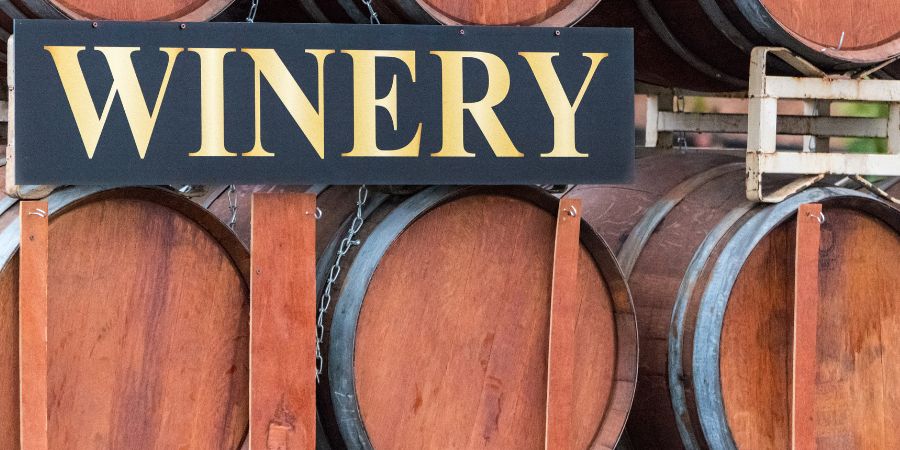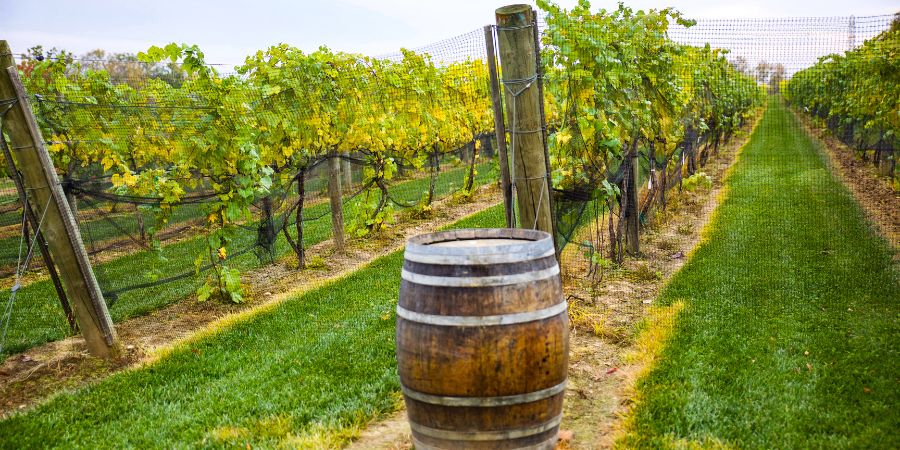With the increased popularity of wineries, advancements lead to more tax savings.
Vineyards and wineries have been in existence for thousands of years. Recently, however, they have become more than a center for manufacturing – they have transitioned into a destination for entertainment and tourism. People travel to a location specifically for wine, they host events at vineyards, and consider wineries for social gatherings.
Given this newfound purpose for vineyards and wineries, the physical landscape and buildings have seen some major changes to keep pace. Most locations offer seating and food, event halls, gift shops and more.
The popularity of vineyards as venues has led to both property and process advancements. Larger facilities are necessary to meet demand, often with commercial kitchens and full bars, meeting rooms and increased parking capacity. The vineyards themselves likely need additional landscaping for the increased demand in product and to maintain the added traffic of tourists.
What is Cost Segregation?
Cost segregation is the reclassification of building components into their shortest allowable class lives. This strategy front-loads depreciation expense and offsets tax liability, providing extra cash early into your investment to offset major expenses.
Vineyards and wineries make prime candidates for a cost segregation study due to the multitude of land improvements in addition to buildings on the property. With expanded parking, irrigation, and other specialty equipment for cultivating grapes, the benefit opportunity is quite large. Additionally, the interior of the buildings likely contains specialty lighting and flooring, decorative architecture, and plenty of equipment for manufacturing, processing, hosting and entertaining all of which can be moved into shorter depreciable lives.
If left on the books as straight line depreciation, all major benefits will be lost.
Engineering-based cost segregation studies should always be carried out by an experienced and credible firm. Have a discussion with your CPA. They may already work with an expert in the field and, if not, this is something you can establish together.
The findings from your cost segregation study will be submitted to the IRS through your CPA alongside your annual business tax returns. Think of a cost segregation study as an add-on to your annual taxes that directly benefits your bottom line.
A cost segregation study involves a multi-step process, including a physical inspection of your property, land, and all related assets. The provider will prepare calculations based on their findings and present them in the form of a report. This report is delivered to the property owner and their tax preparer to be used in computing depreciation expenses.
It is worth noting that your cost segregation provider should offer complete audit protection in the unlikely event that you find yourself in a position of need.
Why Consider Cost Segregation for your Vineyard or Winery?
Almost all commercial property, and accompanying land improvements, qualifies for cost segregation – but some tend to be better candidates. Wineries and vineyards often yield strong benefits due to the vast amount of property eligible for reclassification, meaning the benefit can be experienced early on. Without this study, many building components and land improvements would otherwise get lumped into straight line depreciation.
A cost segregation study can be performed on your vineyard when you establish it, purchase it or expand it. If you have owned your property for a few years and have not taken advantage of cost segregation, you can still capitalize on some benefit. We encourage you to reach out to a trusted expert to discuss your current options.
Where Do I Begin?
This is quite a bit of information and likely not your area of expertise. Understanding taxes, the benefits, the incentives, and the strategies available to you is complex. You have enough to focus on as it relates to your vineyard. While it may feel overwhelming, the right partner can guide you through the process and ensure that you are maximizing your return. The key is to work with an expert in the field, rather than trying to figure it out for yourself.
Geraldine Serrano and Kevin Miller, Specialty Tax Consultants with Veritax Advisors, are experienced in tax incentives. They work with vineyards much like yours and understand the industry as it relates to owned assets and taxes. With them and their teams as your trusted advisors, you can rest assured that you are in good hands. The company guarantees excellent results, will defend you in the unlikely case of an audit, and will strictly adhere to all federal and state tax laws regarding real properties.
For more information or to chat about your property, you can reach out to Geraldine today by sending her an email at geraldine@veritaxadvisors.com or giving her a call at 510.386.0872. You can also reach out to Kevin Miller today by sending him an email at kevin.miller@veritaxadvisors.com or giving him a call at 925.207.3099.
Read our guest post on how wineries can experience significant benefits from cost segregation. Contact Protea Financial to find out more!





